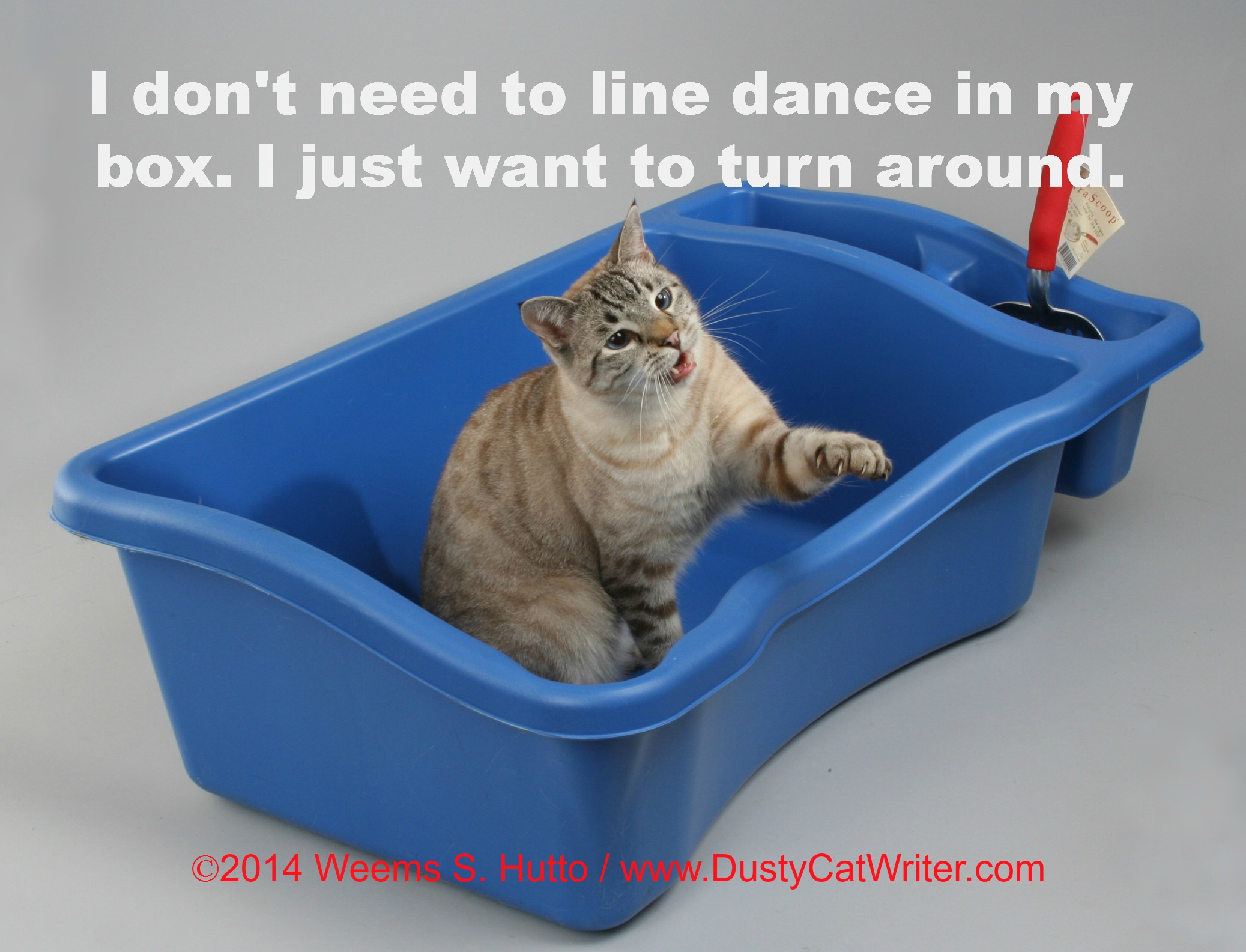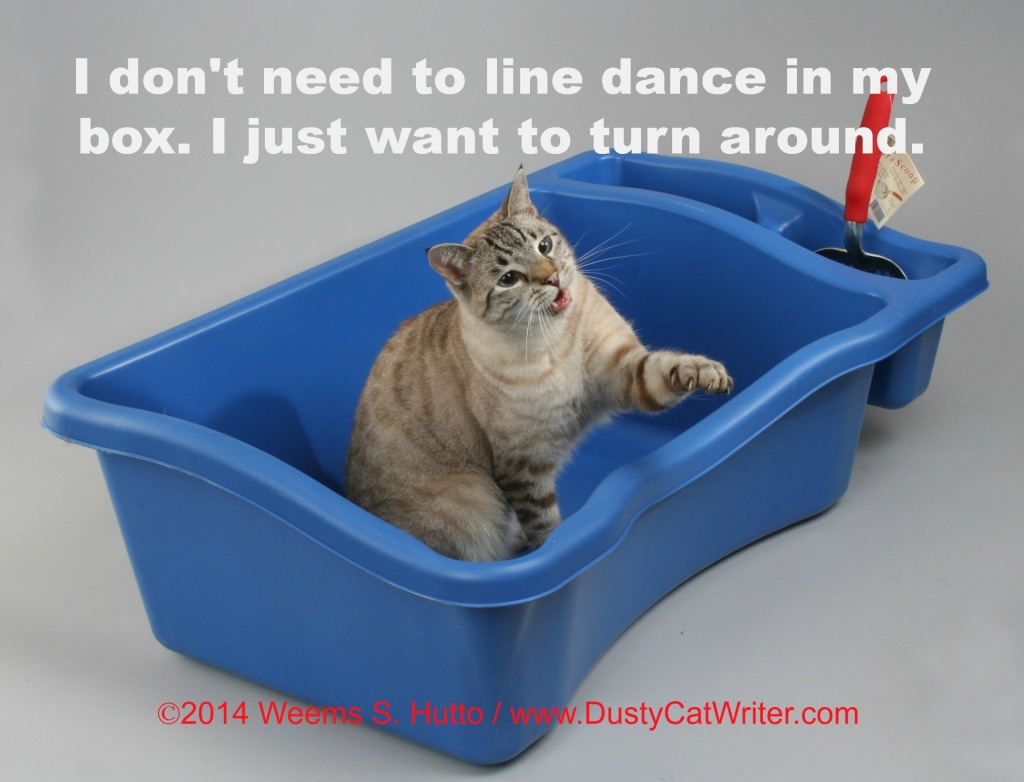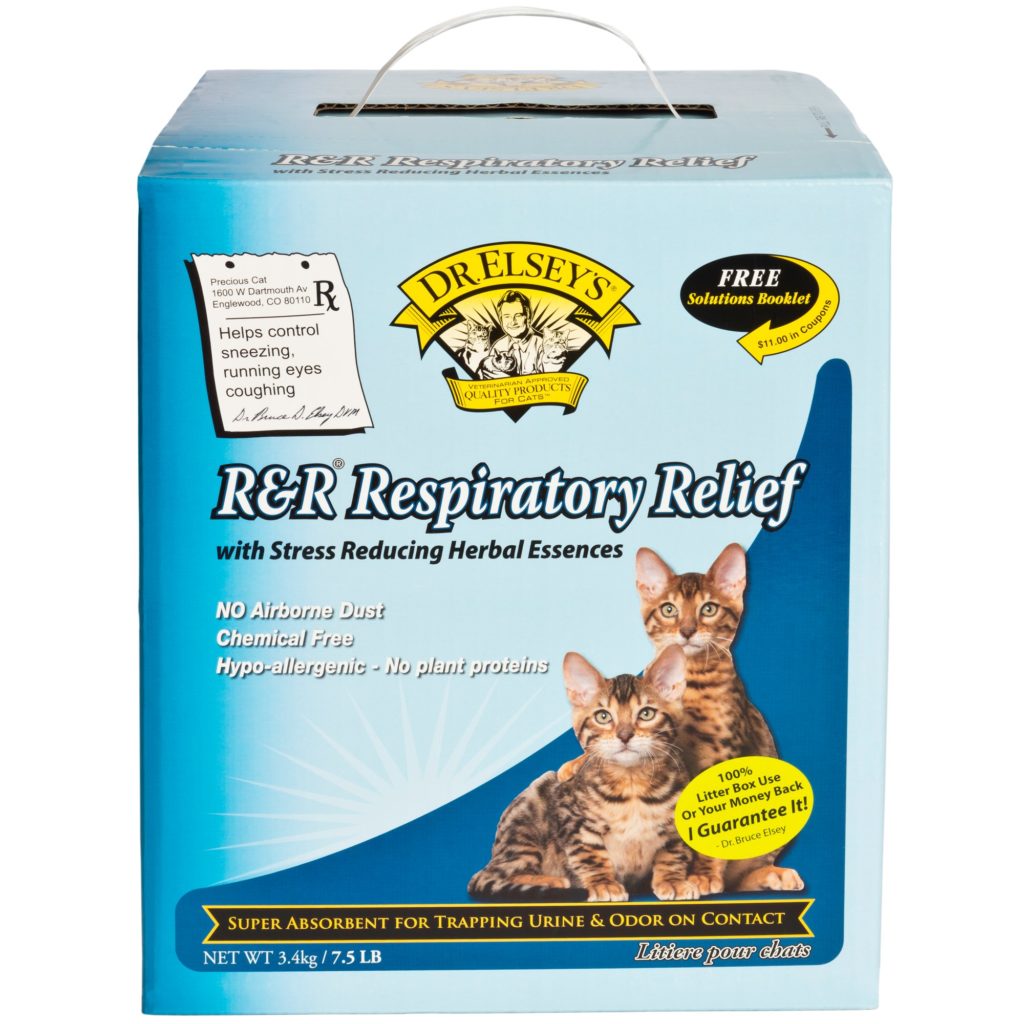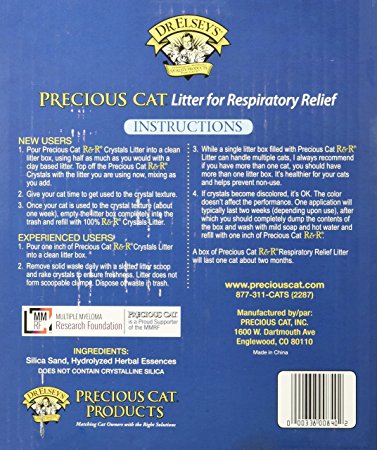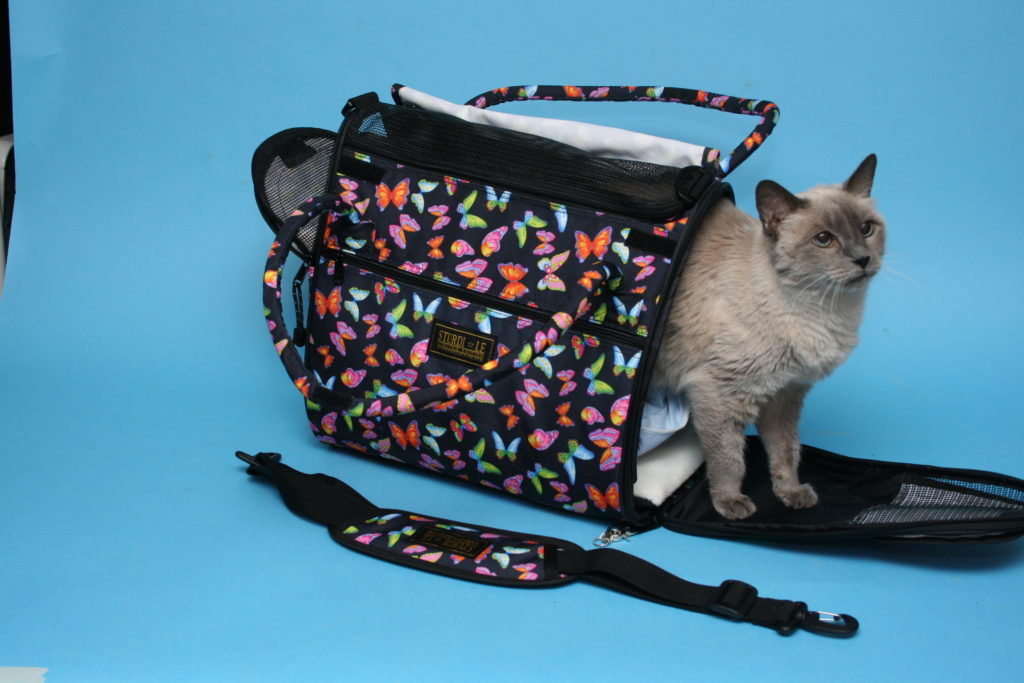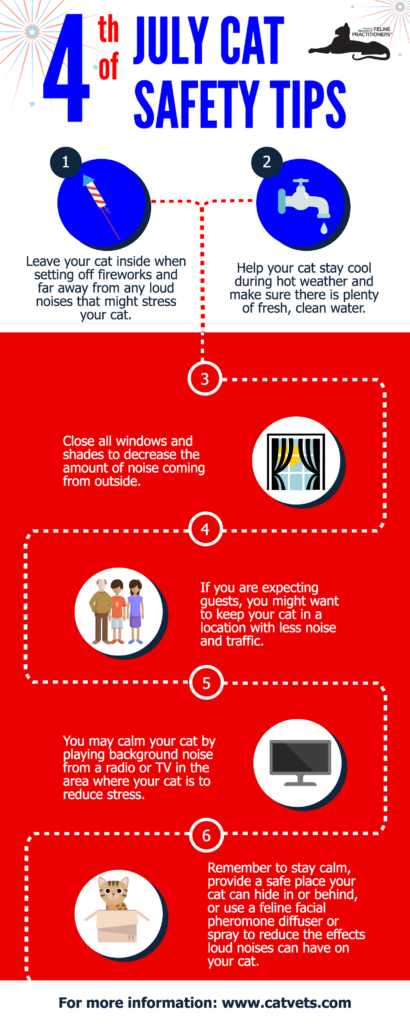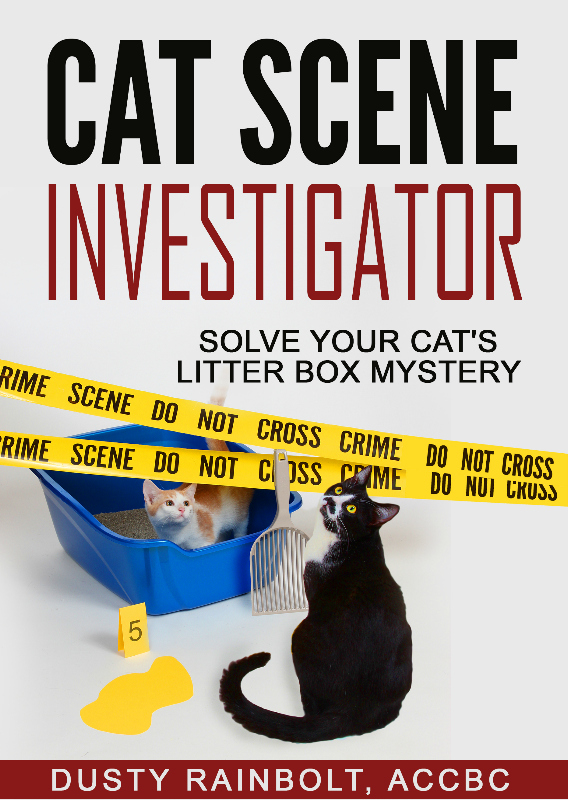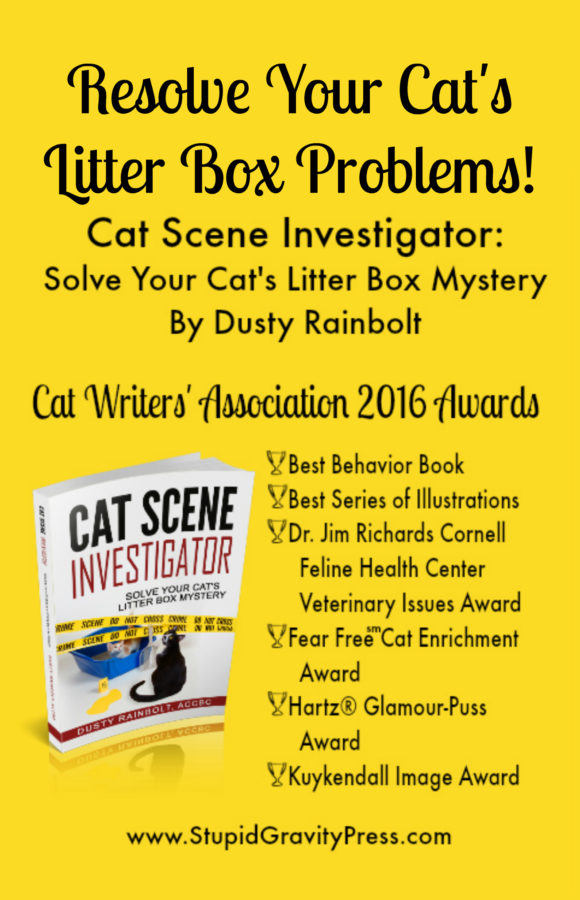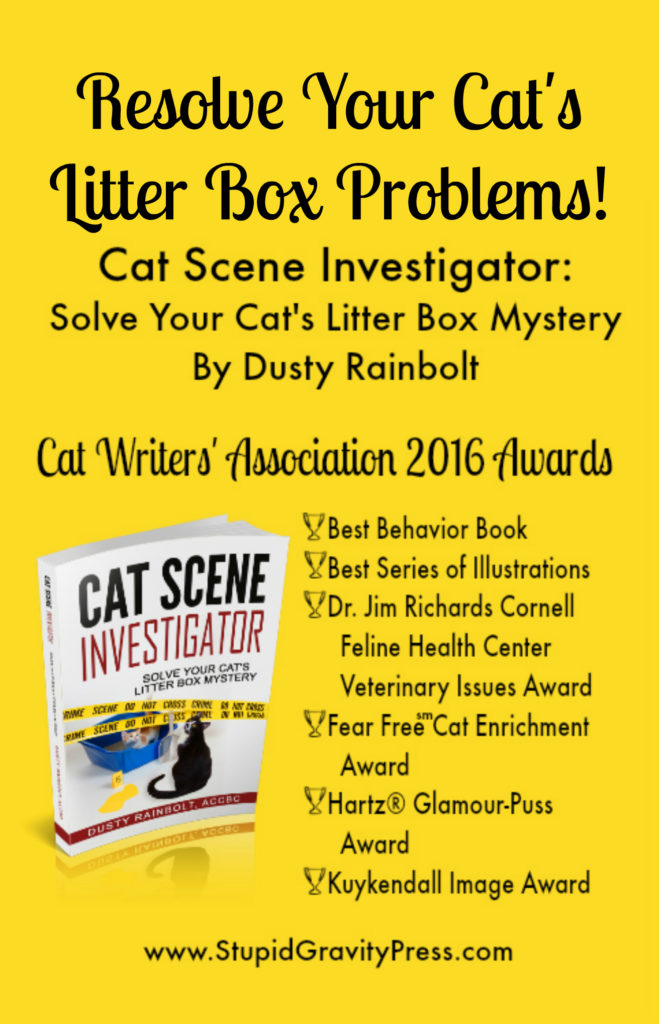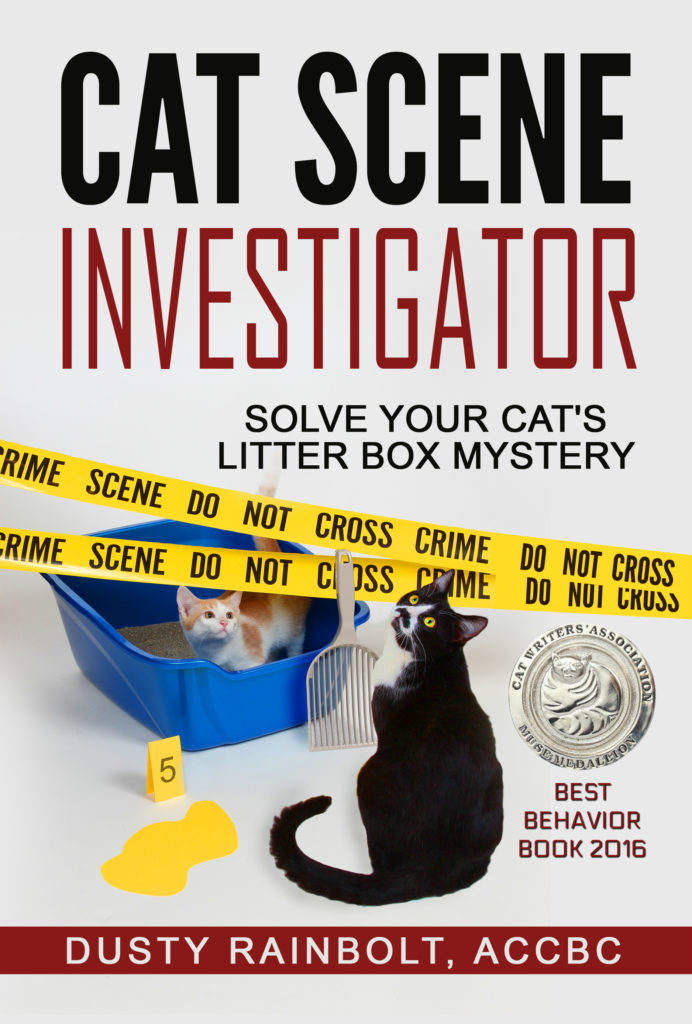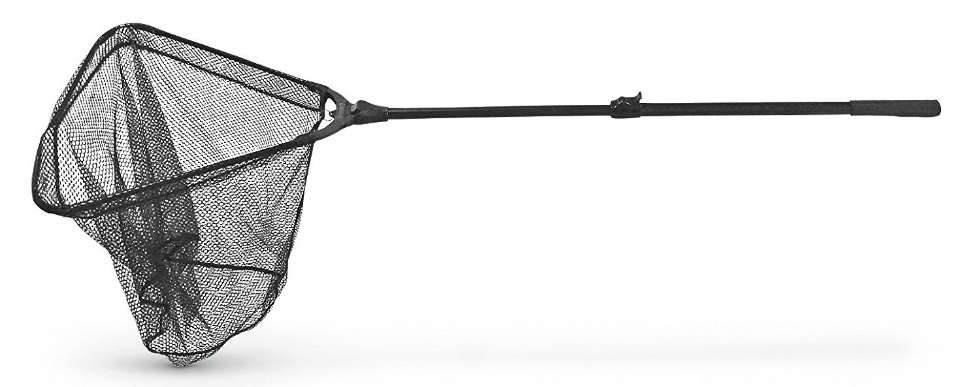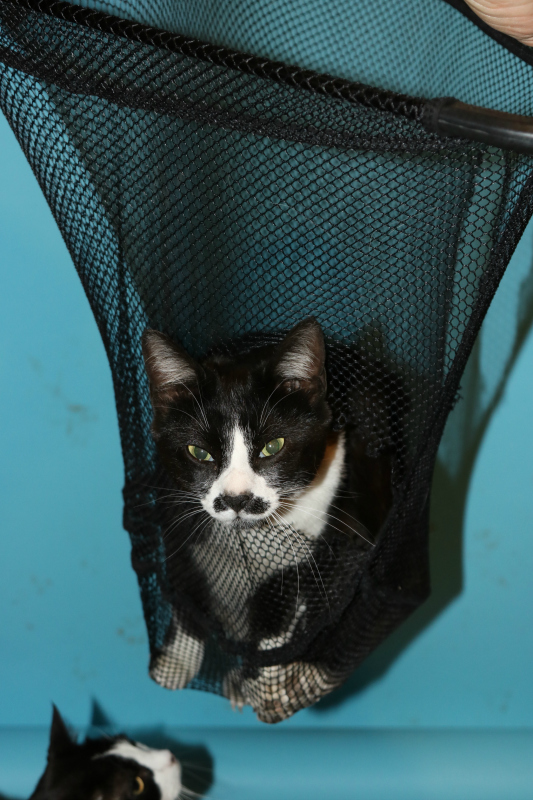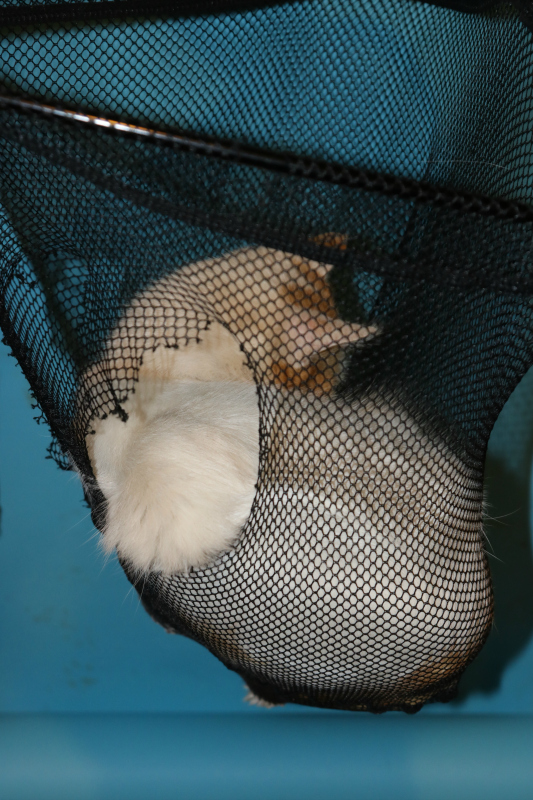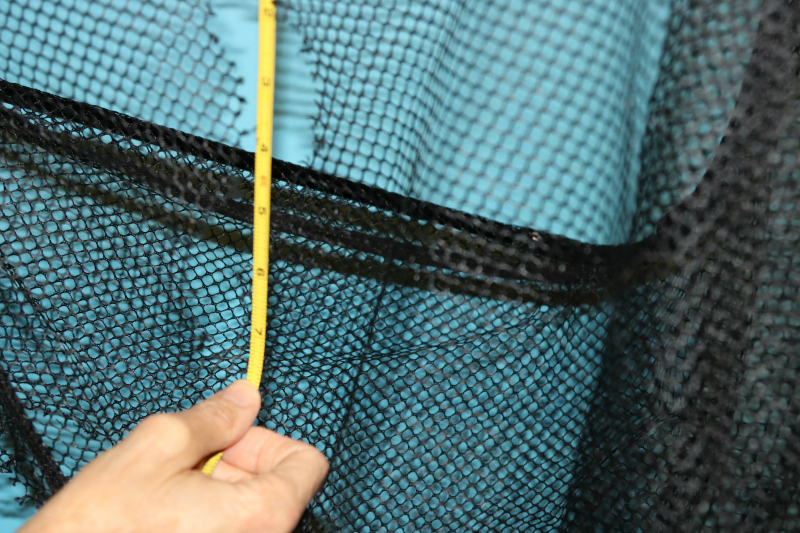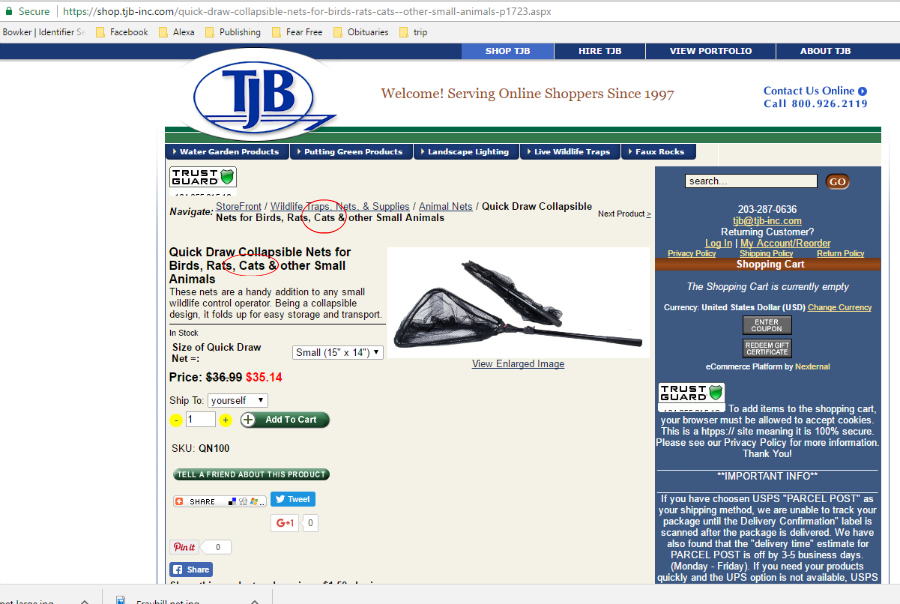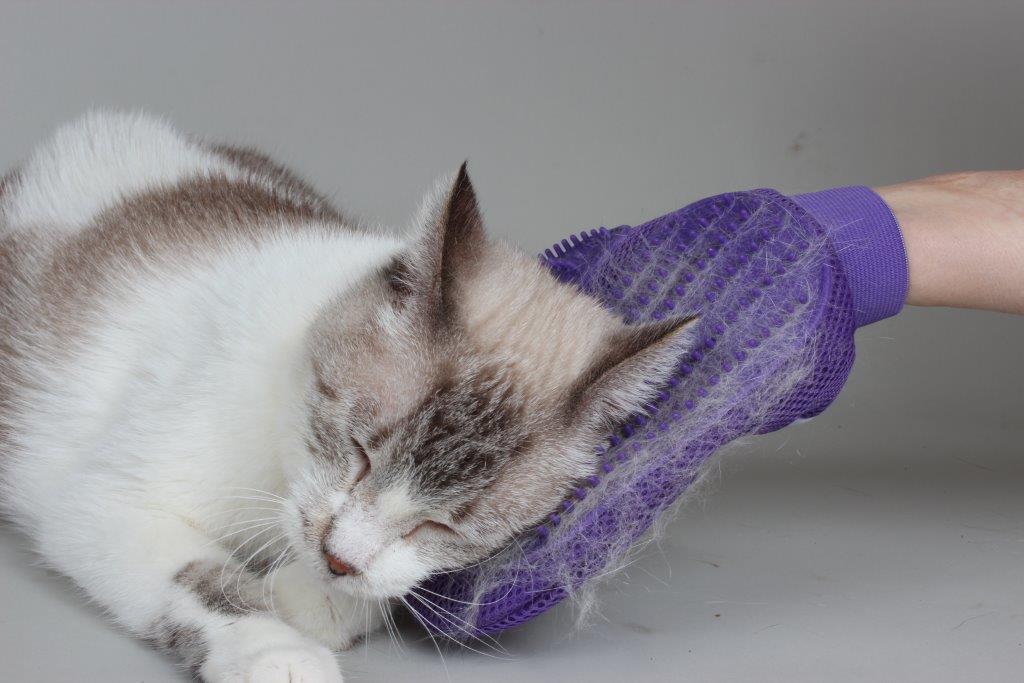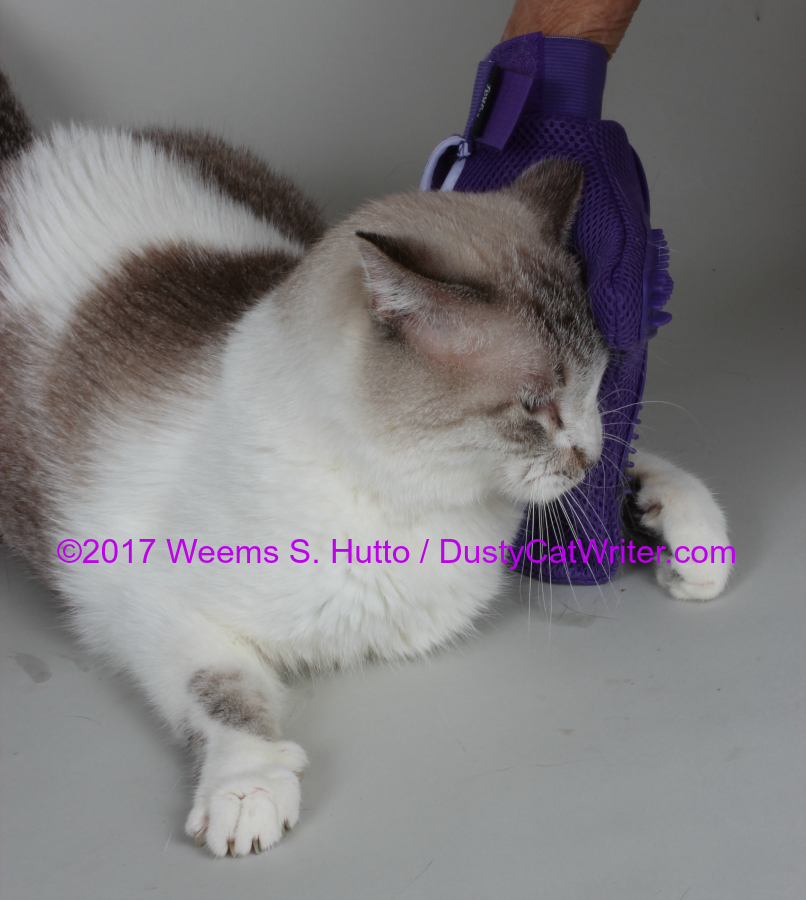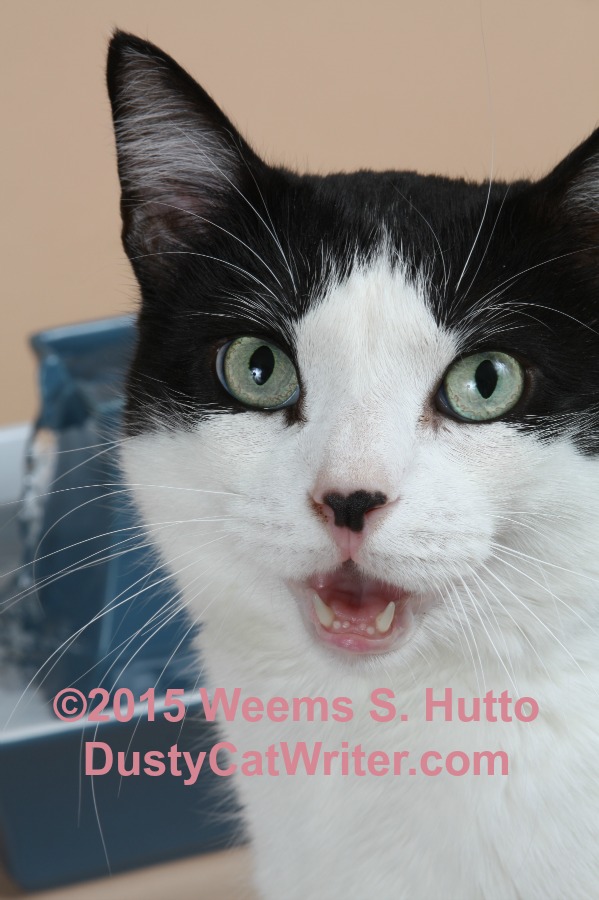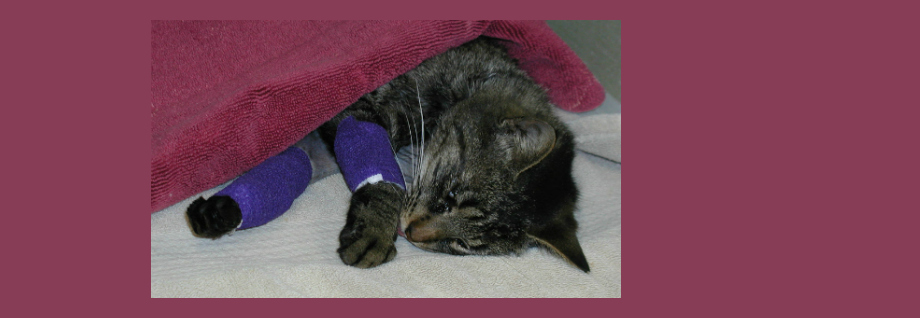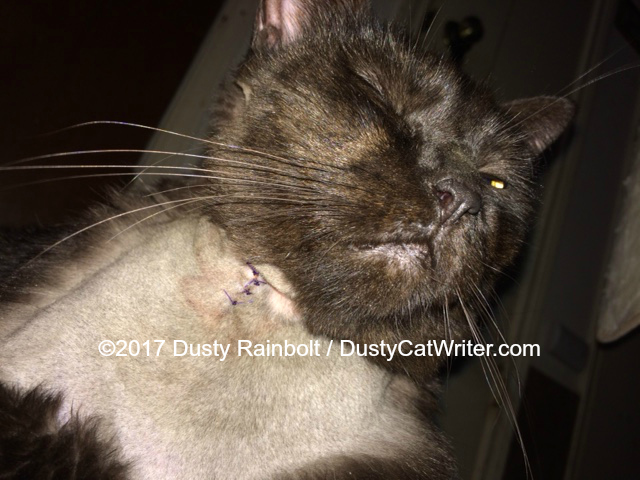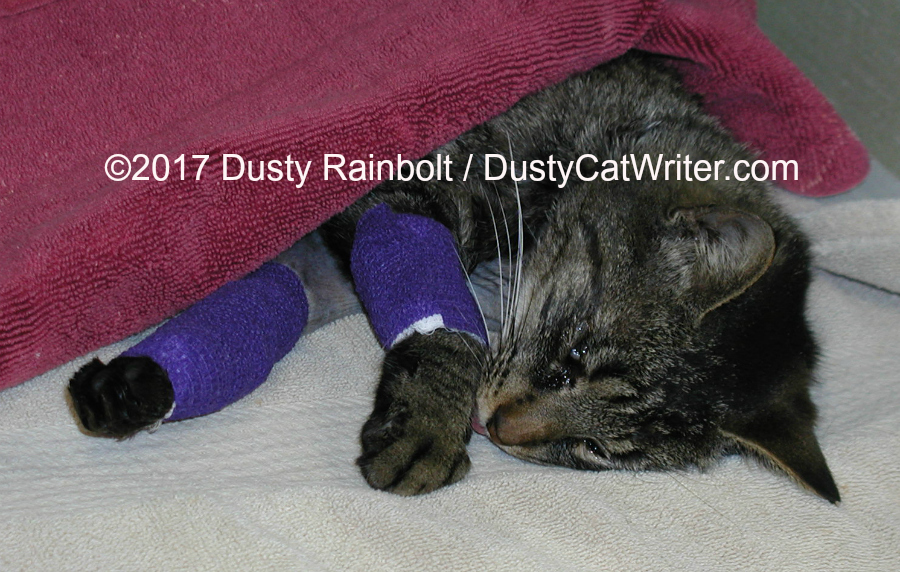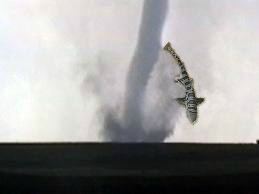
Sharknado Revival
Tomorrow is the long-awaited return of the Sharknado franchise. I have been waiting with baited breath for Sharknado 5: Global Swarming to be aired on the Syfy channel. The original movie, Sharknado, about a tornado that dropped voracious sharks down on the citizens of Los Angeles, was released during Shark Week of 2013. In Sharknado 2: The Second One shark-filled tornadoes took on New York. In Sharknado 3: Oh Hell No! Washington DC and the east coast were decimated. In Sharknado 4: The Fourth Awakens the entire United States was in jeopardy. Tomorrow, it’s the world!
It appears that the writers of Sharknado may have based the movie on an actual event. In October 2012 a two-pound leopard shark fell to earth, landing alive and still wiggling on the 12th tee of San Juan Hills Golf Club in San Juan Capistrano, CA.
There were no witnesses to the sharknado drop and weather was clear. However the rescuing golf course marshall believes that the small shark was dropped by a bird because it had a pair of puncture wounds. The course marshall put the shark in a bucket of water and released it back into the ocean.
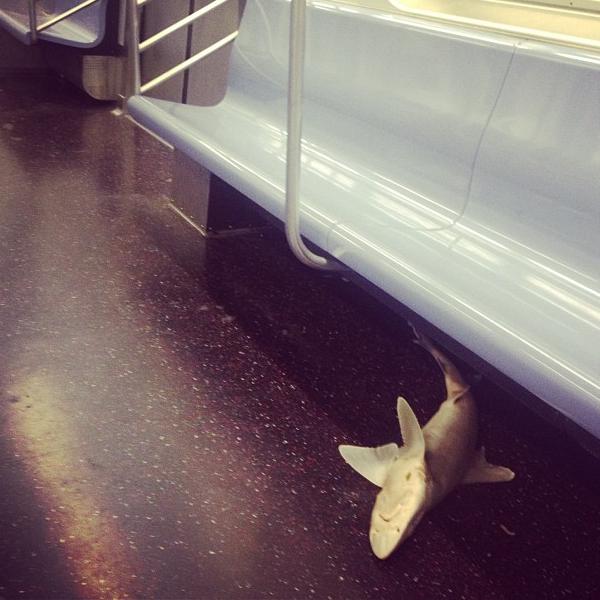
The golf-loving leopard shark isn’t the only isn’t the only charcharinid known to use public facilities. As with the Sharknado movies, we move from California to New York City where a lemon shark didn’t so much inspire a B movie, but reenacted one. Many of us have seen the less than classic bad movie, Snakes on a Plane. But how many of us have seen Sharks on a Train? That wasn’t a rhetorical question. According to the Metropolitan Transit Authority in New York City, at least a few.
Subway Sharks
While weird goings on New York subways aren’t a new development, this might be the one of the most bizarre. Last August, during the Discovery Channel’s Shark Week, riders aboard a Queens-bound train reported that unpleasant odor in one particular car. The unpleasant aroma wasn’t an unwashed human, but a three-foot-long dead shark left under a subway seat.
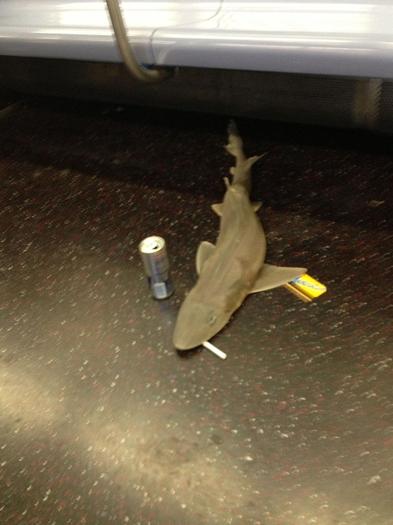
Several cell phone death photos (similar to the ones of dearly departed family members in the 19th century—ewww) were taken of the piscine. Some prankster sent the deceased shark off to his great reward with mementos that any New Yorker would have appreciate, a MTA card (not sure if there was any credit left), a can of Red Bull and a cigarette.
The Mustelus canis, more commonly known as a dusky smooth-hound or smooth dogfish, measured about three feet long. When the train reached the Astoria/Ditmars Boulevard station, a supervisor pronounced it DOA, put it in a trash bag and threw it away. Not much of a sendoff. A spokesman at the Metropolitan Transportation Authority said they don’t know how the shark ended up on the train.
Sharks on a Train. Coming to a track near you.
What’s your favorite shark movie or story? Tell me in the comments below.
